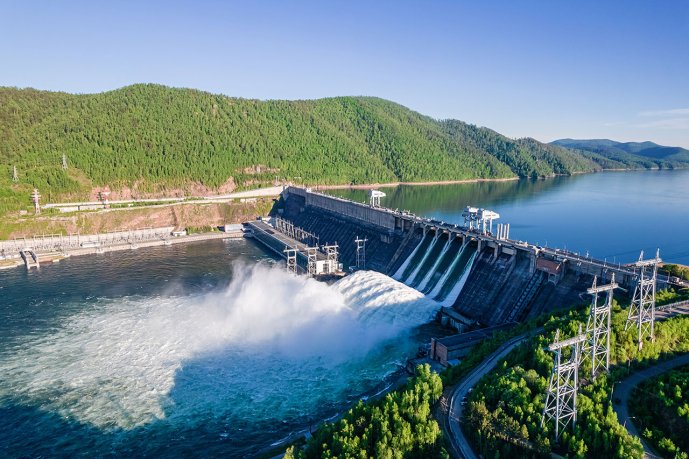
Hydroelectric power plant
A power plant that uses the energy of flowing water to propel a turbine that turns a generator to produce electricity. There are many types of hydroelectric power plants, depending on the characteristics of the river on which they are built or the way they use water to drive the turbine. A low-land river with high flow can be used to build a run-of-the-river plant that serves as a base-load plant and its output varies according to the actual river flow. The accumulation plant holds a large amount of water in a dammed reservoir that can be released to the turbine as needed and serve as a peak-load plant. The pumped-storage plant consists of two reservoirs. In case of surplus electricity, water is pumped to the upper reservoir, from where it is released to the turbine in case of lack of electricity. This type of hydropower plant is used to store electricity.
Explore related 3D models




